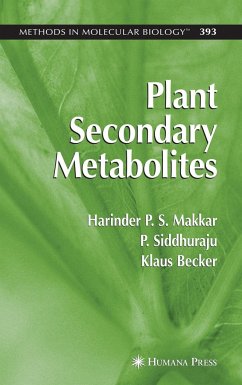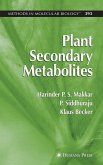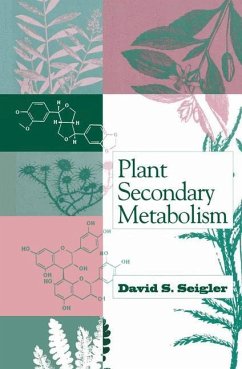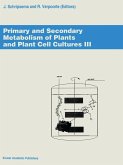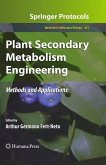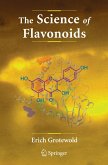Plant Secondary Metabolites provides reliable assays that will equip researchers to meet the unprecedented challenge of fulfilling the huge demand for feed driven by increasing demand of animal protein in developing countries. Using more than a decade of experience working with the quantification of plant secondary metabolites, the authors have created a manual allowing for the safe and efficient use of locally available feed resources. This comprehensive new volume also offers readers a better understanding of plant-animal interactions. The methodologies provided in this volume may also be used to determine plant secondary metabolites in human food and in studying the implications of their consumption on human health and welfare.
This volume contains methods for analysis of some important plant secondary metabolites, which may be conducted in laboratories equipped with basic facilities. The chemical nature of plant secondary metabolites and their known physiological effects and mechanisms of action are also briefly presented. The methods have been written in a recipe-like format designed for direct practical use in the laboratory. Authoritative and extensive, Plant Secondary Metabolites will become an essential reference for plant biologists, biochemists, and molecular and cell biologists.
This volume contains methods for analysis of some important plant secondary metabolites, which may be conducted in laboratories equipped with basic facilities. The chemical nature of plant secondary metabolites and their known physiological effects and mechanisms of action are also briefly presented. The methods have been written in a recipe-like format designed for direct practical use in the laboratory. Authoritative and extensive, Plant Secondary Metabolites will become an essential reference for plant biologists, biochemists, and molecular and cell biologists.
From the reviews:
"The entire book is written by three authors ... . the authors have produced a succinct series of methodologies in this short 18-chapter, 130-page volume. ... The chapters cover 18 target compounds or compound groups. ... There is a clear audience for these protocols, and I am sure they will be happy with the result." (Dr Robert Hall, Molecular Biotechnology, Vol. 38, 2008)
"The entire book is written by three authors ... . the authors have produced a succinct series of methodologies in this short 18-chapter, 130-page volume. ... The chapters cover 18 target compounds or compound groups. ... There is a clear audience for these protocols, and I am sure they will be happy with the result." (Dr Robert Hall, Molecular Biotechnology, Vol. 38, 2008)

